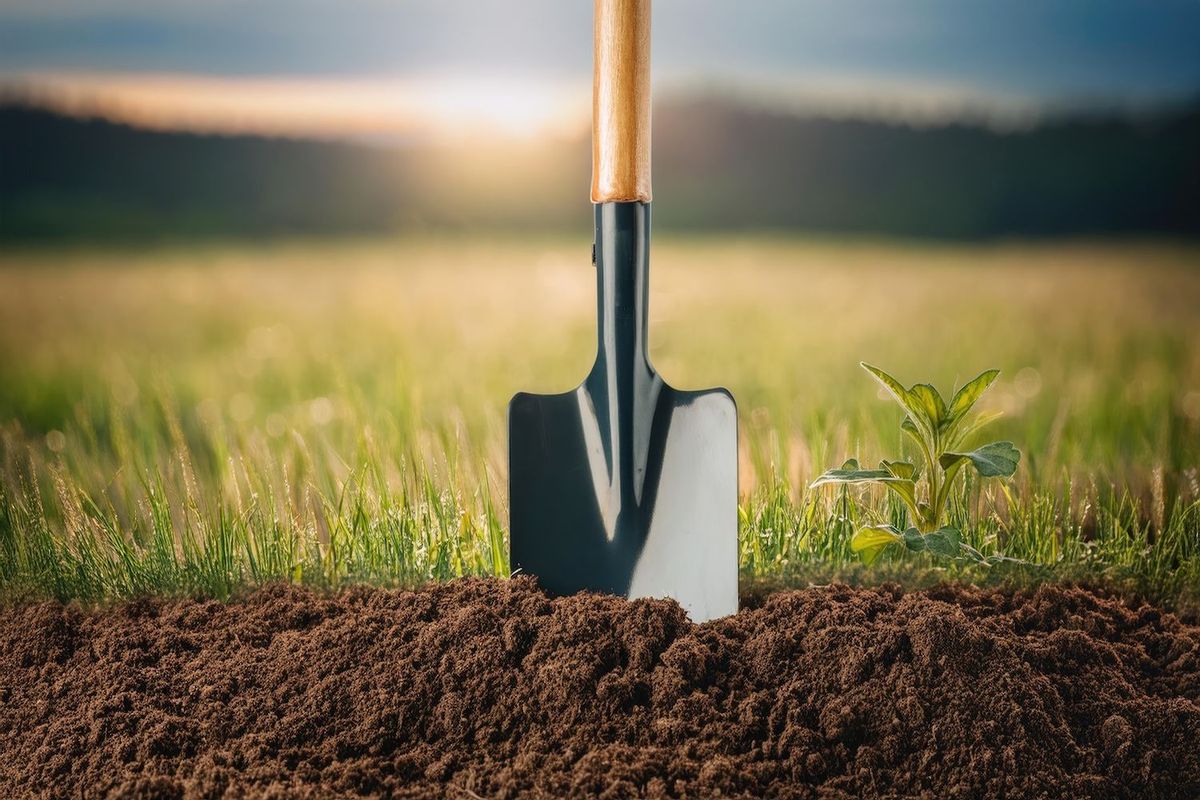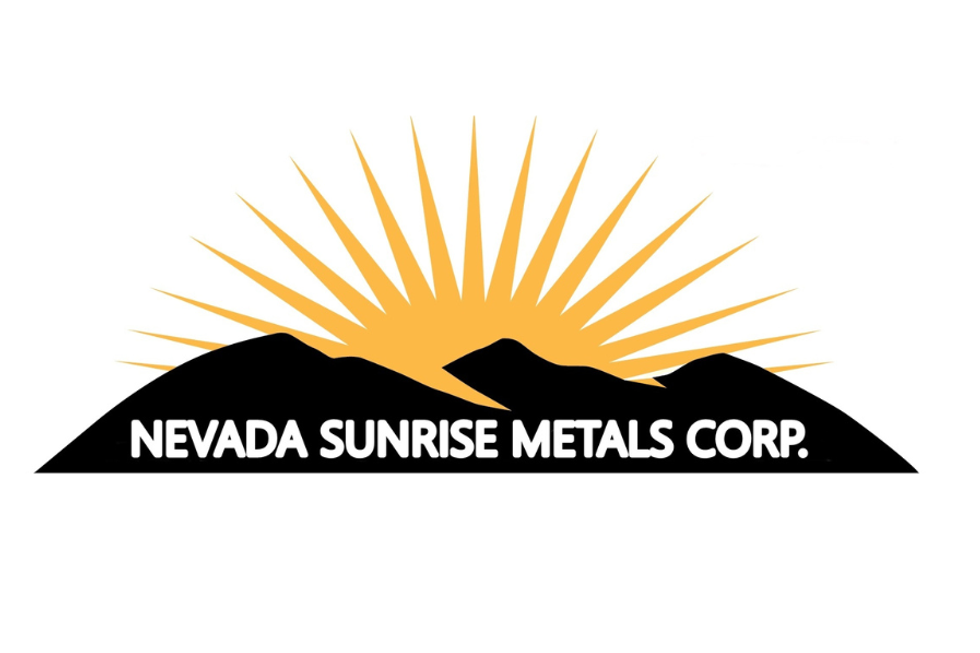Blue Lagoon’s Dome Mountain Joins BC’s Select List of Permitted Projects
Blue Lagoon's Dome Mountain mine in BC has received one of only nine new mine permits issued in the province since 2015, positioning the company as a near-term gold producer.

Click here to watch the Investing News Network's webinar with Blue Lagoon Resources CEO Rana Vig.
Canada’s mining sector is gaining momentum, with over 130 projects with a total value of C$117.1 billion now planned or in construction, according to Natural Resources Canada's 2024 inventory. That's an increase of nine projects and C$23.5 billion from the previous year, signaling strong interest in resource development.
Yet despite this growth, the path to production remains slow. A study published in FACETS and cited by the Mining Association of Canada shows that the average timeline from discovery to production exceeds 17 years, highlighting the pressing need to streamline Canada’s complex and often lengthy permitting process.
Although miners, explorers and developers have long criticized the decades-long process, Canada's federal and provincial governments have only recently begun working to expedite the system in an effort to harness the country’s vast critical minerals potential and assert the nation's dominance in resource extraction.
The federal government has committed to streamlining and speeding up the permitting process, laying out ambitious targets in its 2024 budget. These goals include completing federal impact assessments and permitting for designated mining projects within five years, and within two years for non-designated projects.
Achieving these targets will involve establishing a federal mining permitting coordinator, enhancing funding for federal review authorities and promoting concurrent regulatory reviews to reduce duplication and delays.
Provincial governments also play a significant role in mining project approvals.
A May 2025 report from the Mining Association of BC outlines the economic potential of 27 advanced-stage mining projects in the province totaling more than C$90 billion. The projects highlighted in the report are described as new; however, there are several past-producing assets that are being offered a new lease on life.
One of those projects is Blue Lagoon Resources’ (CSE:BLLG,OTCQB:BLAGF) Dome Mountain gold project.
Located 50 minutes from Smithers, the 22,000 hectare property hosts the historic Dome Mountain mine, where past exploration and development were focused on the Boulder vein, initially discovered in the 1980s.
In February, Blue Lagoon secured the final permit needed to advance its Dome Mountain project, clearing the way for production to begin in Q3 2025. The permit — one of just nine mining permits granted in BC since 2015 — marks a key milestone for the junior miner, and positions the company to transition from an explorer to a gold and silver miner.
With first production expected as early as July, the Investing News Network spoke with Rana Vig, CEO and director at Blue Lagoon, and Yannis Tsitos, chair of the mining committee, about the permitting process, their work developing relationships with local Indigenous communities and the next steps for fully permitted asset.
The path to production at Dome Mountain
Although Dome Mountain was in production between 1980 and 1993 under different management, securing permits to restart activity at the 30 year old brownfield proved as complex as starting up a greenfield project.
“It wasn't easy at all,” said Vig. “They say that it takes over 15 years to get a mine permit in BC, and people are congratulating us that we got it in just under five. And personally, I thought it was four years too late.”
He went on to note, “Imagine being in any business that you have to wait. You know, you open up your restaurant, but then you have to wait for five years to open it. I mean, it's incredibly difficult to get a mining permit”
Indeed, BC has one of Canada’s longest permitting processes. A 2019 report from Resource World notes that it takes six months on average to get an exploration permit in Canada. However, in BC it can take 15 to18 months.
National and provincial critical minerals strategies have been established over the last six years, and parties on both sides of the aisle have promised policy reforms. But Vig underscored the challenges that remain.
“I think we want to believe that,” he said of the notion that the permitting process will be expedited through the critical minerals push. “I think the politicians are certainly saying that, but I'm not so confident that the execution can be there,” he continued. “Because, you know, you've got many factors. You've got the infrastructure of the government itself, the bureaucracy. There are only so many people that are able to process these applications.”
Indigenous consultation and permitting with purpose
A key requirement in the permitting process is Indigenous community consultation, engagement and approval, an area provincial governments have struggled to seamlessly integrate into the process.
For Blue Lagoon, communication and consultation with the Lake Babine Nation started early and remains a key tenet.
The Lake Babine Nation is one of BC's largest Indigenous communities, with over 2,500 registered members. Its traditional territory surrounds Babine Lake, the province’s longest natural lake.
“We have a great relationship with the Lake Babine Nation,” said Vig. “You know, honestly, it was a very simple process. It's a philosophy that is very rudimentary, certainly in my culture.” Vig, who is of Indian heritage, moved to Canada in 1972 with his family, and he credits those formative years for fostering his deep sense of respect.
“My whole upbringing is all about respect. So for us, it was very simple — respect the people, respect the land,” he said, adding that a lot of it was common sense. “Protect the water, protect the land and make sure you don't damage it as you go along (are) good practices (for) any business,” Vig emphasized.
Water conservation and protection is especially important to Blue Lagoon, an issue Vig described as “a way of life” due to its significance for fishing and cultural practices.
"You don’t wait to be asked — you take the initiative to understand what matters most,” he said.
As he explained, provincial regulatory requirements called for water testing at five sites along a specific stream, and Blue Lagoon chose to conduct testing at nine locations instead.
“It's really unheard of in our industry, to the best of my knowledge. We didn't just do what was required of us. We like to go above and beyond to make sure. And when you do things like that, I think the sincerity comes across,” he said.
Financing in a tough market
Another challenge junior miners are facing is accessing funding. Investors who once added liquidity to the space have moved to other sectors like tech, leaving mining coffers on the decline.
Blue Lagoon has been fortunate in terms of capital raising; the company completed the final tranche of its most recent private placement in late April, raising C$2.23 million through the issuance of 8.9 million units at C$0.25 each.
The full offering brought in C$4.87 million over four tranches, fully funding Dome Mountain to production.
Blue Lagoon’s ability to fast track its permitting and funding process were praised Tsitos, who has more than two decades of experience in the mining sector working for companies like global commodities giant BHP (ASX:BHP,NYSE:BHP,LSE:BHP). Drawing on his history with large-scale operations, Tsitos described Blue Lagoon's approach as unusually nimble and disciplined.
“We haven’t cut a single corner,” he said, noting that while major players can afford to raise hundreds of millions upfront, most juniors must build organically. “What’s impressive is how this team — led by Rana — used creativity and persistence to move forward without delay,” he added. “It's not about size; it's about profitability and execution.”
He emphasized that Dome Mountain’s 15,000 ounce per year potential is just the beginning.
“Every major company started with one mine,” said Tsitos. “This could be the first step in something much bigger, and it's happening right here in BC, which is hungry for investment.”
Don’t forget to follow us @INN_Resource for real-time updates!
Securities Disclosure: I, Georgia Williams, hold no direct investment interest in any company mentioned in this article.
Editorial Disclosure: Blue Lagoon Resources is a client of the Investing News Network. This article is not paid-for content.
The Investing News Network does not guarantee the accuracy or thoroughness of the information reported in the interviews it conducts. The opinions expressed in these interviews do not reflect the opinions of the Investing News Network and do not constitute investment advice. All readers are encouraged to perform their own due diligence.
- Eby Unveils Northwest BC Mining Plan Amid Backlash Over Bill 15 ›
- BC Moves to Expedite 18 Mining Projects as US Trade Tensions Rise ›
- British Columbia Creates New Ministries for Energy and Mining ›
- NDP Squeaks Out Victory in Tight BC Race, What it Means for Mining ›
- Digging for Votes: BC NDP and Conservatives Tout Mining Platforms ›





